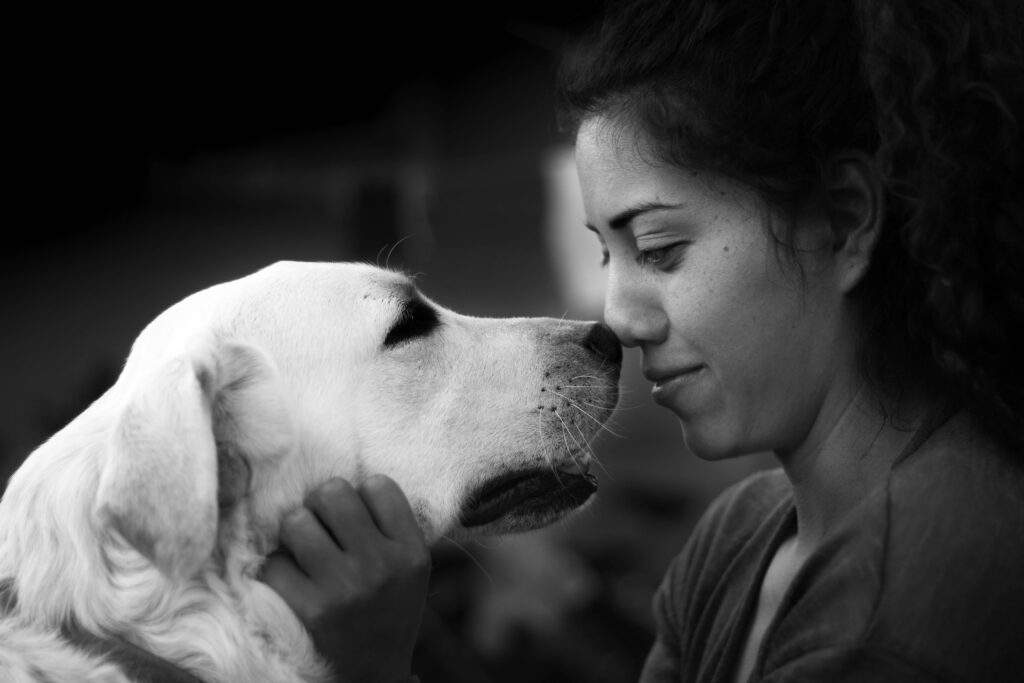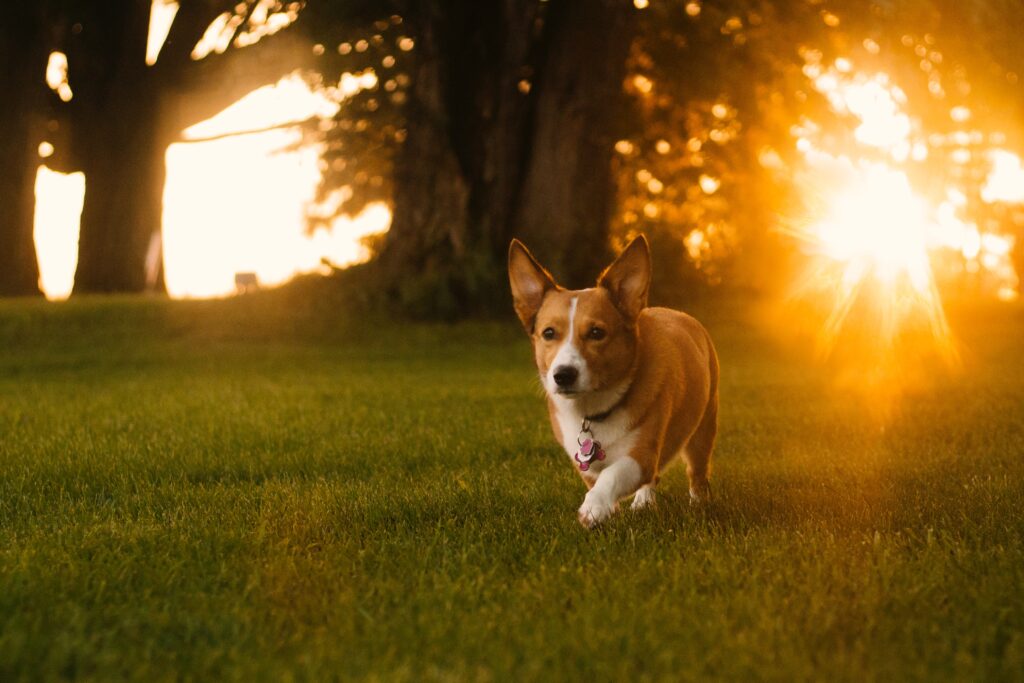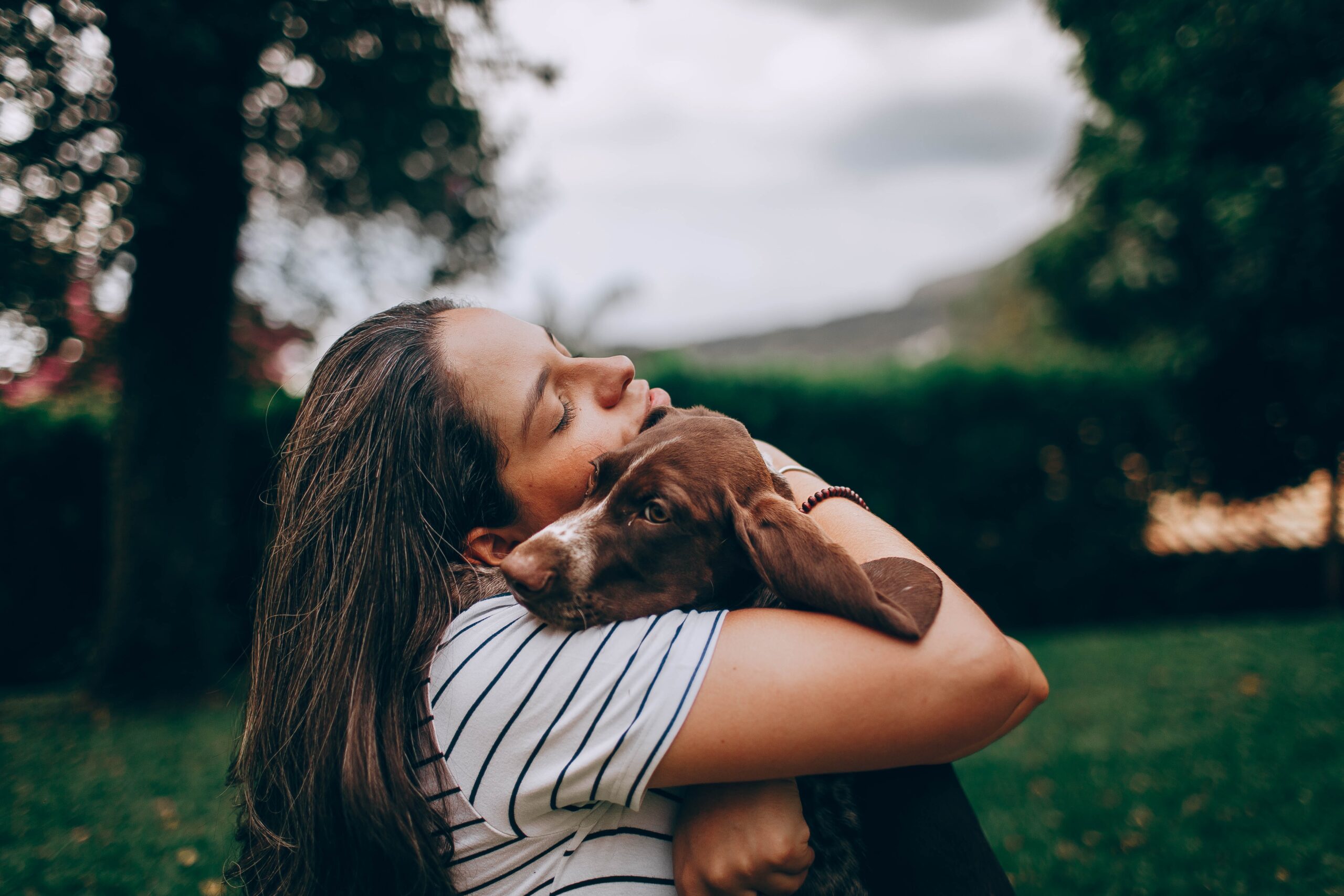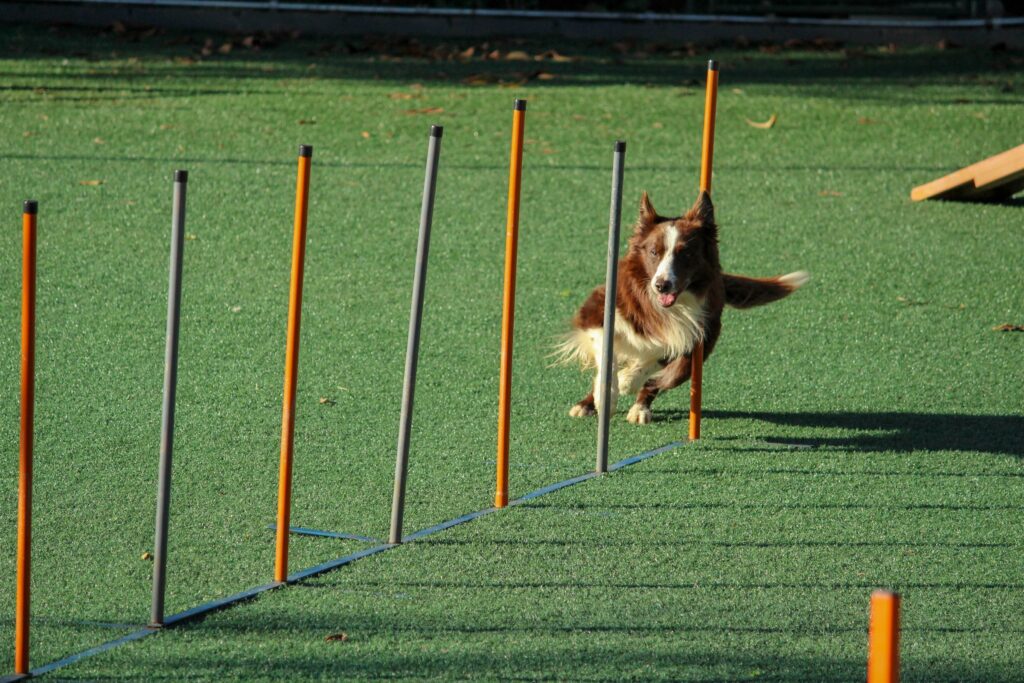Preparing Your Home for Your New Furry Friend
Getting a new furry friend is exciting and rewarding. But, you need to prepare your home for a smooth transition. A safe and comfy environment is key for your puppy love to feel at home. Let’s look at the important steps to make your home ready for your new family member.
Creating a Safe Space
First, pick a quiet, safe spot for your new dog. It should be away from dangers and valuable things. Add a cozy bed, bowls, and favorite toys to make them feel secure.
Essential Supplies Checklist
Before your dog arrives, get these essential items:
- High-quality dog food and treats
- Bowls for food and water
- Leash, collar, and ID tag
- Crate or kennel (for training and safe confinement)
- Bedding and toys
- Cleaning supplies (e.g., poop bags, enzymatic cleaner)
- Grooming tools (brush, nail clippers, etc.)
Pet-Proofing Guidelines
To keep your adopted dog safe, pet-proof your home. Secure electrical cords, toxic items, and small objects. Also, use baby gates to block off areas and keep trash and laundry closed.
By following these steps, you’ll make a smooth transition for your new furry friend. Enjoy a lifetime of puppy love together.
Meeting and Evaluating Potential Canine Companions
Adopting a rescue dog is exciting and rewarding. But, it’s key to carefully evaluate potential dogs before deciding. When meeting dogs, watch their body language and how they interact. This helps understand their personality and temperament.
First, observe the dog’s behavior in their kennel. Look for confidence, curiosity, and a desire to interact. Stay away from dogs that seem fearful, aggressive, or too shy. They might need special care and training.
When you meet the dog, approach calmly and quietly. Let them sniff your hand before petting them. Watch how they react to your touch and presence. Do they relax or shy away? Play gently or ask the shelter staff to show basic commands.
- Look for a dog with a calm, friendly demeanor that seems eager to interact with you.
- Observe the dog’s body language, paying attention to any signs of fear, aggression, or anxiety.
- Interact with the dog in a variety of settings, such as in their kennel, in a play area, and on a leash, to get a well-rounded evaluation.
Choosing a rescue dog should be based on careful evaluation. Consider the dog’s personality, energy level, and how well they fit your lifestyle. By getting to know potential dogs, you can find the perfect furry friend for your family.
| Positive Body Language | Negative Body Language |
|---|---|
| Relaxed, wagging tail Bright, alert eyes Playful, curious demeanor | Stiff, tense body language Ears pinned back Growling or barking |
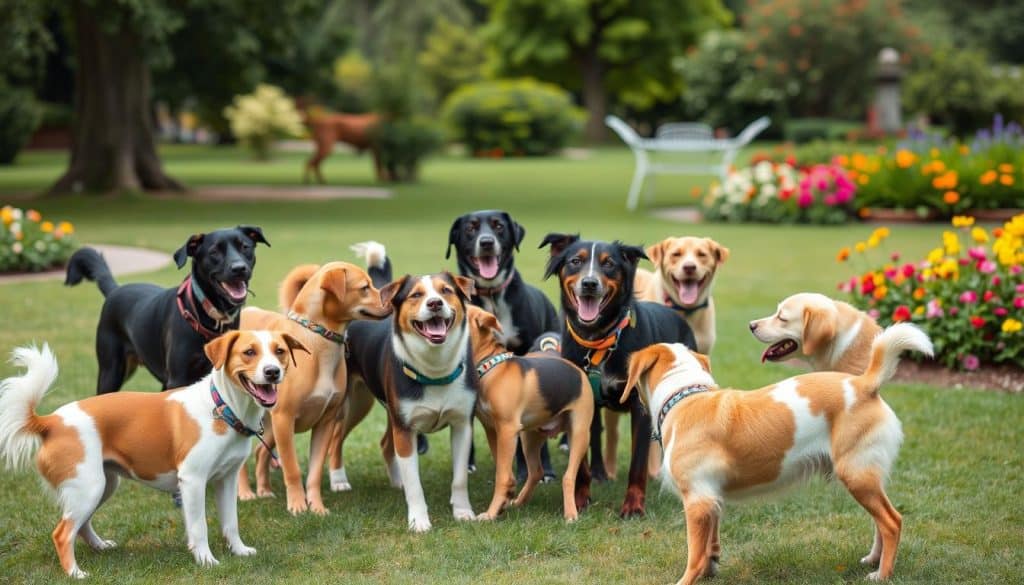
“Adopting a rescue dog is one of the most rewarding experiences a person can have. You’re not just giving a home to a furry friend – you’re saving a life and transforming it for the better.”
Sponsored
Sponsored

